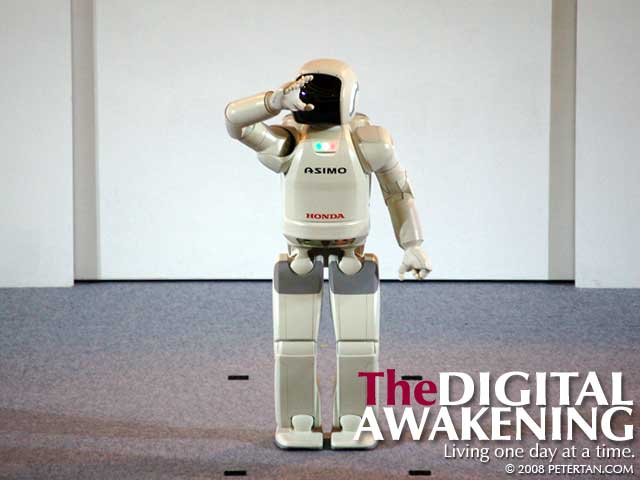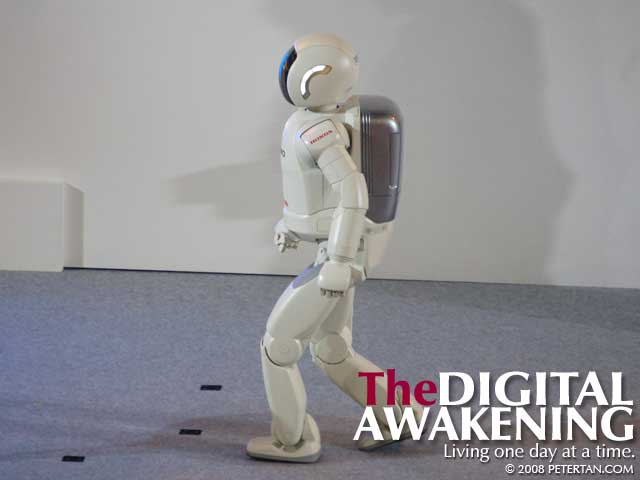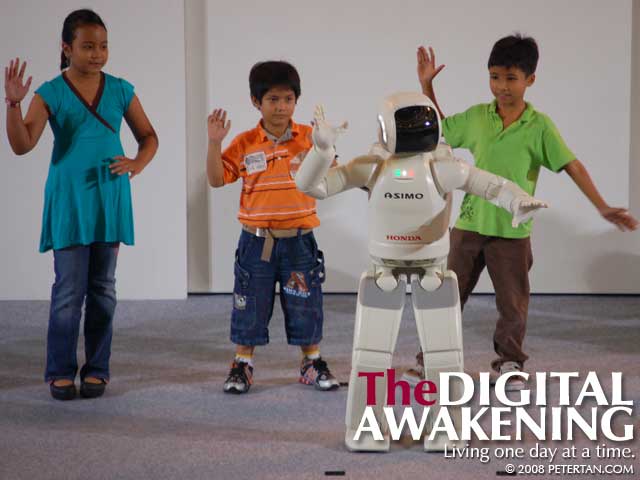Now we have four state governments in Kedah, Penang, Perak and Selangor that are not from the Barisan Nasional, apart from Kelantan that has been held by PAS for the last 18 years. What can the common people expect from this radical change that unexpectedly swept through the entire nation? What can disabled people expect from the Chief Minister of Penang, the Menteri Besars of Kedah, Perak and Selangor? What can disabled people expect from the local governments in terms of accessibility to the built environment and other services provided by these authorities?
In all sincerity, I fervently pray that disabled people will get a better deal from now on. Accessibility to the built environment still poses a major stumbling block to the mobility and independence of disabled people all over Malaysia. As much a we would like to become part of the community that we live in, many of us are still unable to get out from our homes safely because the surrounding areas are fraught with barriers and dangers.
These include walkways without functional ramps for wheelchair users and tactile indicators for the blind. In addition to that, street furniture such as lampposts, signboards and various utility boxes are indiscriminately positioned along the walkways. Some walkways have uncovered manholes. These not only obstruct the passage but poses potential risk of injury to disabled people but to non-disabled people as well.
Oftentimes, by building ramps and placing the wheelchair logo to the doors of toilets, these places are said to be accessible and “disabled-friendly.” This is a very misleading notion. I have encountered ramps that are too steep, too slippery, too long or do not have railings. Such ramps are not functional and are dangerous. I have fallen while using a few. A spacious toilet or one with the wheelchair logo does not necessarily make it suitable for wheelchair users. Grabs bars, toilet bowls, sinks, water hose and even the door itself must be of a certain height and feature for them to be functional
There are standards for such facilities. The Standards & Industrial Research Institute of Malaysia (SIRIM) has published the Malaysian Standard 1184 (MS 1184) and Malaysian Standard 1331 (MS 1331) specifically for this purpose. MS 1184 pertains to access for disabled persons to public buildings while MS 1331 is on access outside buildings. The code of practice for these two standards is often ignored. Builders are often left to do their own interpretation of such facilities. Interpretation of such facilities from the viewpoint of non-disabled persons or persons who have no understanding of disability most times render such facilities unusable.
The local governments such as the Majlis Bandaraya Petaling Jaya (MBPJ) and Majlis Perbandaran Ampang Jaya (MPAJ) are responsible in ensuring that those standards are adhered to in public buildings and public amenities. Little has been done to by these authorities with regards to that. A cursory survey of the areas under these two authorities provides ample proof of that fact. My letters to the MPAJ President complaining of dangerous and inaccessible walkways never got a reply. This is another proof that problems of disabled people pertaining to accessibility in the built environment are often ignored and forgotten.
Therefore it is with great hope that with the change in political climate, issues faced by disabled people with regards to accessibility will be given more attention. The new state governments and local authorities have the means to resolve this matter if they are serious about it. One of the ways is to mainstream disability – to accept that disability is society’s problems rather than that of a minority of individuals. Disabled people must be involved in all levels of decision making on matters that affect them. I hope the new powers that be seriously take note of this. We have been ignored and marginalised for far too long. The current development has given us some glimmer of optimism. I hope I am right about this.



